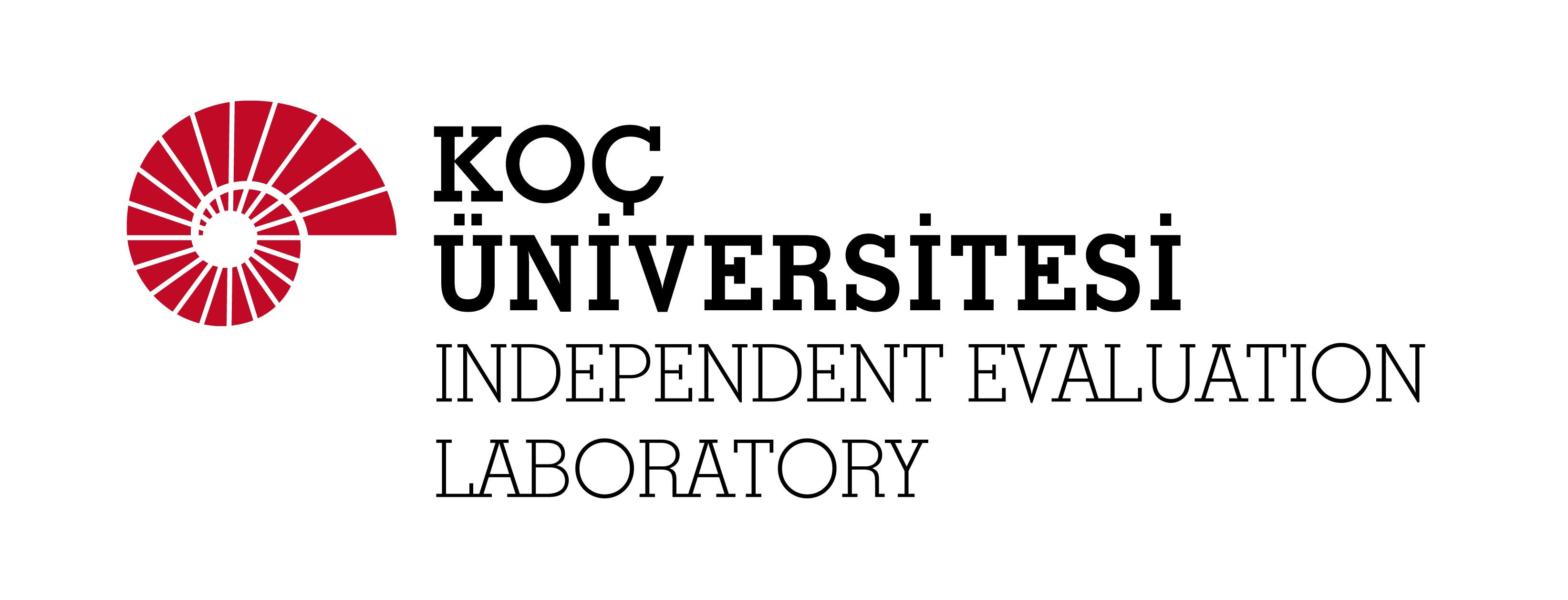The standards for the scientific evidence of effectiveness are roughly guided by 4 types of validities:
Internal Validity: establishing a cause-and-effect relationship
External Validity: whether the established causal treatment effect would hold across different populations, times, settings, and variables
Construct Validity: the use of valid and psychometrically sound measures of the targeted behavior
Statistical Conclusion Validity: the use of appropriate statistics to produce unbiased estimates of the treatment effect.
Meeting the standards enables us to scale-up and disseminate only the programs that are shown to be efficacious and effective, thus the efficient allocation of resources for development.
Standards of Evidence for Efficacy, Effectiveness, and Scale-up Research
The below guidelines prepared by task forces on evaluation provide the standards on how to achieve the above-mentioned validities and avoid the threats against them. They also describe ways of acquiring other forms of knowledge to judge the results of a program.
